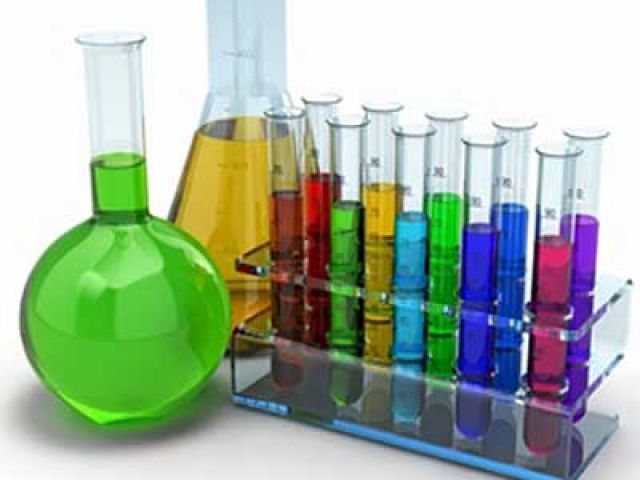EWG's Sean Gray Investigates BB & CC Creams
How did I spend my summer? I hung around department store makeup aisles, looking for the much talked about “miracle” makeup, BB and CC creams. You should have seen the looks I got as I dabbed the...

Displaying 193 - 216 of 7254
How did I spend my summer? I hung around department store makeup aisles, looking for the much talked about “miracle” makeup, BB and CC creams. You should have seen the looks I got as I dabbed the...

The known extent of contamination of American communities with the highly toxic fluorinated compounds known as PFAS continues to grow at an alarming rate. As of March 2019, 610 locations in 43 states are now known to be affected, including drinking water systems serving an estimated 19 million people.
Studies show that labeling genetically engineered foods won't result in big changes in consumers' buying choices at the store, but they say overwhelmingly that they want the information.
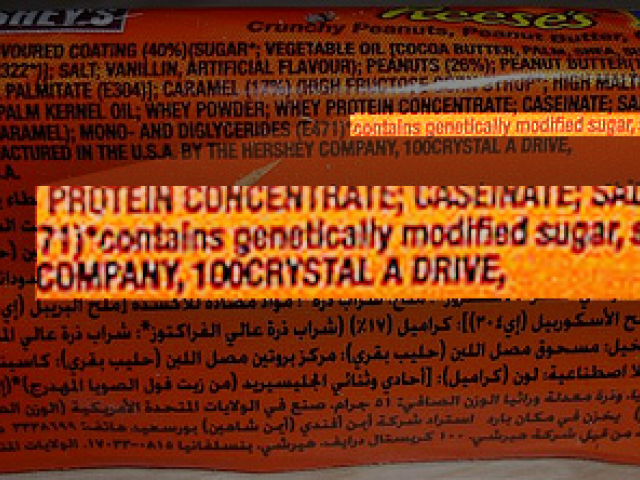
Events that used to be called “acts of God” – but that we now realize are increasingly driven by human activity – became the most important environmental news stories of 2012 in the opinion of...
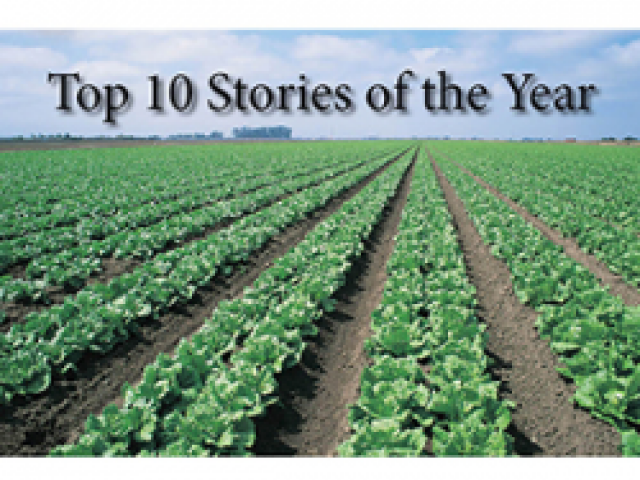
If the crop insurance proposals in the 2013 farm bill, including STAX, are enacted and their costs are as high as some expect, the United States could be in serious jeopardy of violating WTO trade...
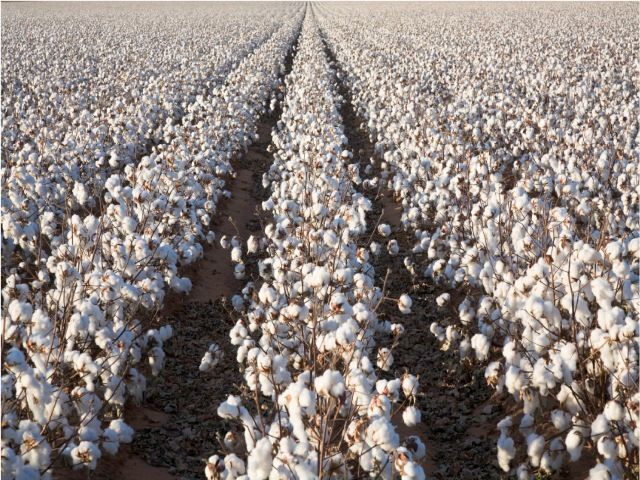
EWG's editors asked the entire staff to pick the top agriculture-related stories of 2013, a category that includes the farm bill, farm subsidies, crop insurance, conservation, genetically engineered...
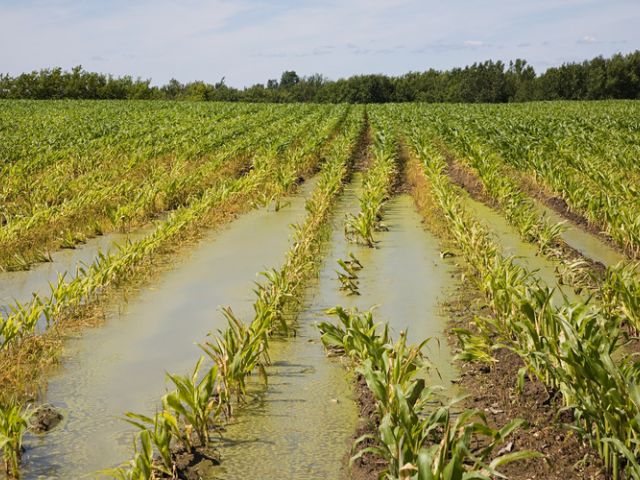
Coming soon to a farm field near you: massive applications of a zombie herbicide linked to everything from Parkinson's disease to reproductive problems.

Corn is in the food we eat, the soda we drink, the gas we buy, plastics, cleaners – it's everywhere. Producing all that corn is a $1.7 trillion industry in the United States, and as a new report...

If every American simply switched from beef to chicken, we could reduce greenhouse gas emissions by 137 million metric tons of carbon — or as much as taking 26 million cars off the road. That's...

The Colorado Supreme Court has cleared the way for ballot initiatives that would permit municipalities to ban hydraulic fracturing for oil and gas.

Congress moved a step closer to improving the sunscreens available to American consumers this week (July 28) when the House of Representatives passed the Sunscreen Innovation Act.

With interactive maps from EWG's new report Going Going Gone!, you can find the “hot spots” where wetlands and other fragile lands are being torn up for crops and wildlife habitat is being destroyed.
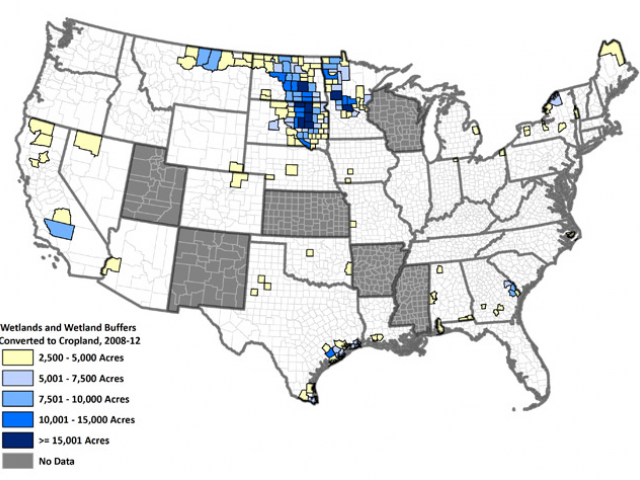
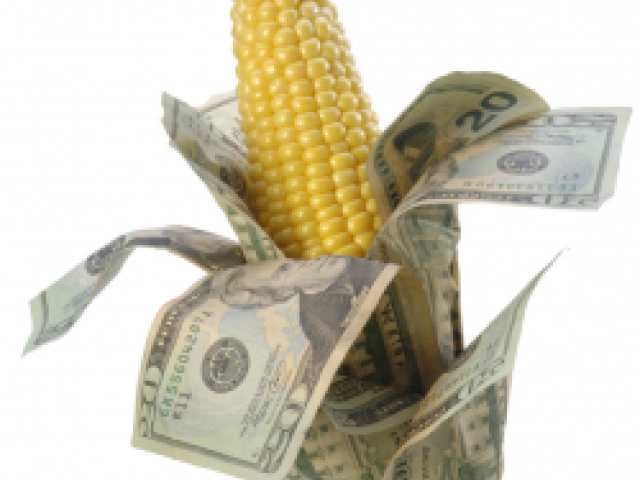
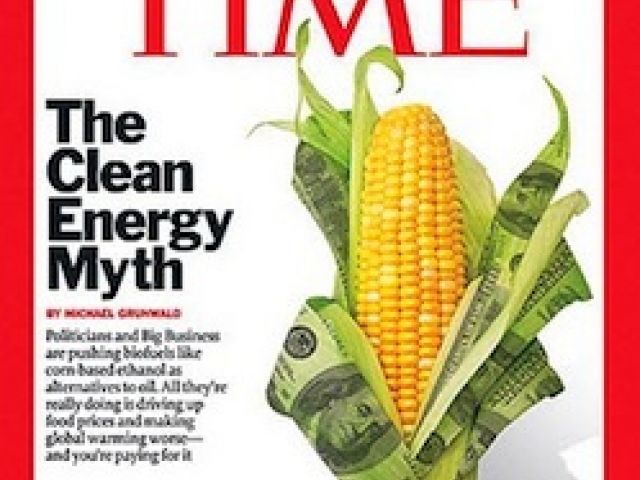
Thanks to the hard work of many advocacy organizations, including EWG, that lack of transparency may change very soon. California will likely become the first state in the nation to pass legislation...

We need safe cosmetics reform now! Mercury in mascara? Lead in lipstick? Scientific studies have shown that many common personal care products contain dangerous chemicals. EWG's Skin Deep Cosmetics...

The chemical “safety” bill that the industry's allies introduced in Congress is far worse than the current outdated and inadequate law. Here are 10 reasons why legislation hailed as “real progress” by...

California scored a big win for human health and the environment today (Sept. 30) when Gov. Jerry Brown signed a bill to require labeling on upholstered furniture to tell shoppers whether it contains...


A recently released study by the economic consulting firm ECONorthwest concludes that requiring genetically engineered food to be labeled would cost Americans a mere $2.30 per person per year.
6a47.jpg)
“Natural flavor” is the fourth most common ingredient listed in EWG's Food Scores, which rates more than 80,000 foods on their degree of nutrition, ingredient concerns and processing concerns. But...
